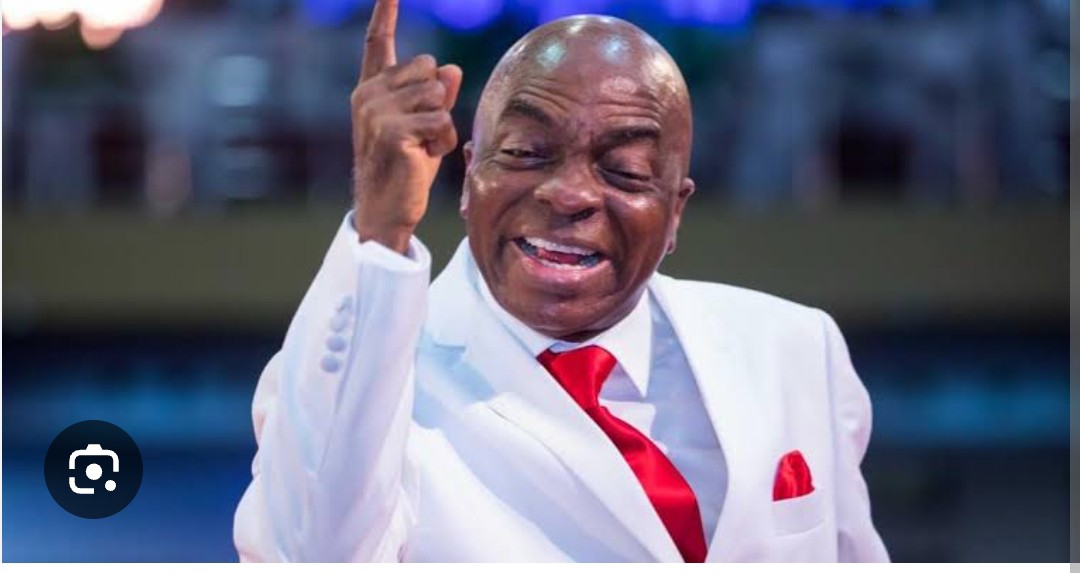The Aba Women’s Riots, also known as the Women’s War, were a series of protests that occurred in southeastern Nigeria in November and December of 1929. These protests were led by Igbo women from various ethnic groups who were outraged by the imposition of direct taxation on women by the British colonial administration. The women mobilised tens of thousands of others through traditional communication methods, such as singing and dancing, and demanded the repeal of the tax laws, the removal of corrupt native court officials, and greater representation in local governance. Despite initial underestimation by colonial authorities, the protests quickly spread across the region, leading to confrontations with armed forces and resulting in casualties on both sides. While the riots were ultimately suppressed, they left a lasting legacy, inspiring future generations of activists and highlighting the role of women in resistance movements against colonial oppression.
The Aba Women’s Riots, also known as the Women’s War or the Women’s Rebellion, took place in southeastern Nigeria in November and December of 1929. Here are 15 interesting facts about this historical event:
Background: The Aba Women’s Riots were a series of protests led by Igbo women against British colonial policies and injustices.
Causes: The immediate trigger for the riots was the imposition of direct taxation on women by the British colonial administration, particularly on market women.
Leadership: The protests were organized and led by influential women from various ethnic groups, including Owerri, Calabar, and Ikot Abasi, among others.
Organisation: The women used traditional methods of communication, such as singing, dancing, and ululating, to mobilise support and coordinate their actions.
Objectives: The women demanded the repeal of the new tax laws, the removal of corrupt and oppressive native court officials, and greater representation in local governance.
Scale: The protests quickly spread across southeastern Nigeria, involving tens of thousands of women from different communities.
Tactics: The women employed nonviolent tactics such as sit-ins, protests, and public demonstrations to assert their demands.
Resistance: When British colonial authorities attempted to suppress the protests, the women engaged in acts of civil disobedience and resistance, including destroying property and disrupting official activities.
Response: The British colonial government initially underestimated the scale and significance of the protests but eventually deployed armed forces to quell the unrest.
Casualties: Estimates of casualties vary, but it is believed that several hundred people, including both protesters and colonial officials, were killed during the riots.
Impact: Despite the suppression of the protests, the Aba Women’s Riots had a lasting impact on Nigerian society, inspiring future generations of activists and contributing to the development of nationalist movements.
Legacies: The riots highlighted the role of women in resistance movements and the importance of grassroots mobilisation in challenging colonial oppression.
Reforms: In the aftermath of the riots, the British colonial administration made some concessions, including revising the tax laws and implementing reforms in the native court system.
Documentation: The Aba Women’s Riots were extensively documented by colonial officials, missionaries, and local observers, providing valuable insights into the social and political dynamics of the period.
Commemoration: The Aba Women’s Riots are commemorated annually in Nigeria as a symbol of women’s resilience, solidarity, and resistance against oppression.












It took place mainly in Abak and Ikot Abasi and other Areas in Present day Akwa Ibom State. Formerly South Eastern State. Please Get the location right.These are not Igbo speaking Areas. Get your ho